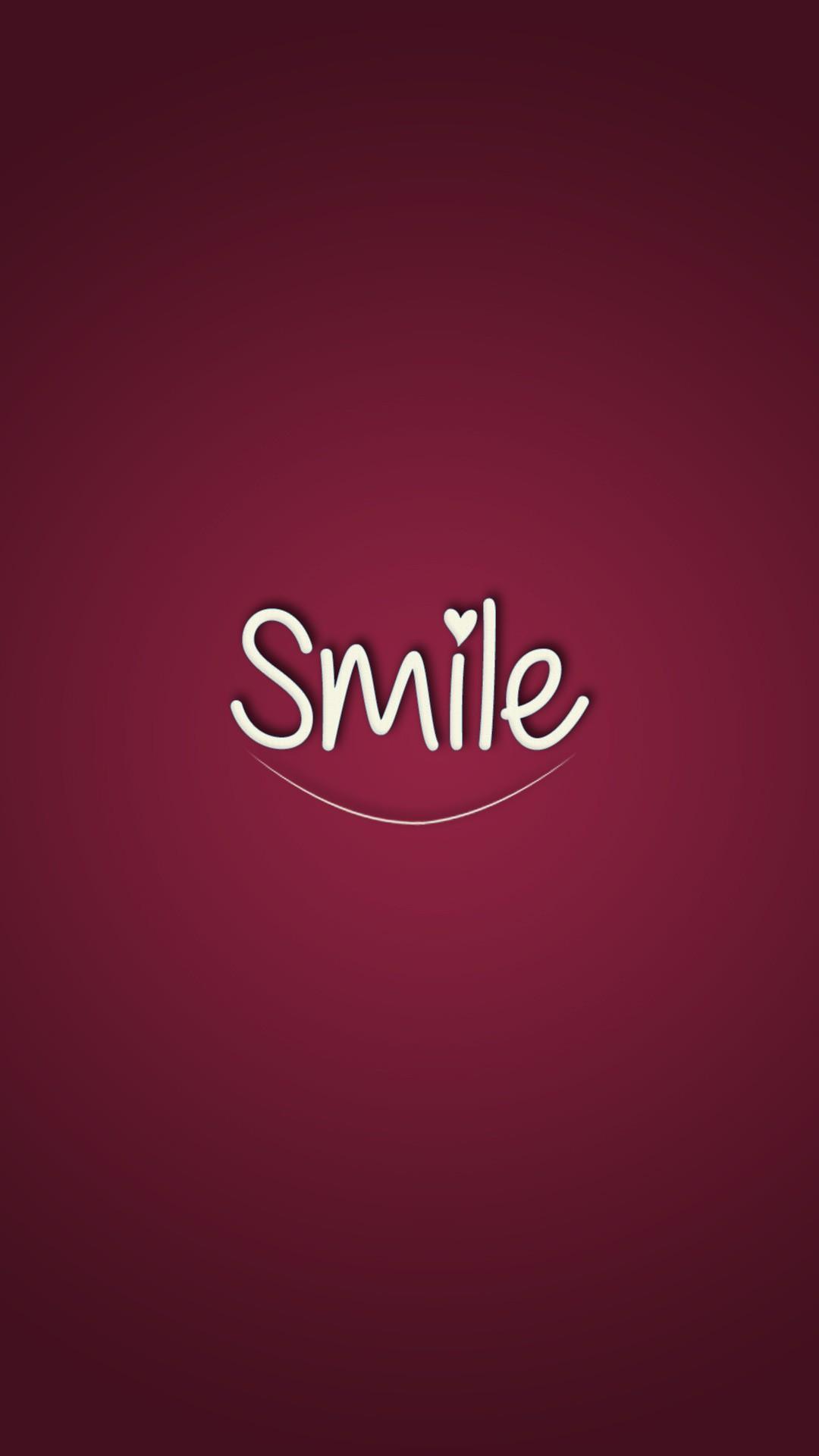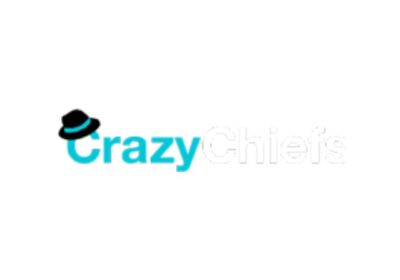When it comes to optimizing your website for search engines, most people focus on traditional SEO tactics like keyword optimization, backlinks, and high-quality content. However, one key factor that is often overlooked is how your web design choices impact your site’s search engine rankings. In this post, we’ll dive into the relationship between web design and SEO and explore how certain design elements can either help or hinder your site’s visibility on search engine result pages (SERPs).
1. Mobile-First Design: A Must for SEO
One of the most important web design principles to keep in mind today is mobile-first design. With mobile traffic now dominating web usage, Google has shifted to mobile-first indexing, meaning it primarily uses the mobile version of your site for ranking and indexing.
If your website isn’t optimized for mobile devices, it can negatively affect your SEO performance. A responsive design, which automatically adjusts the layout and content to fit different screen sizes, is essential. Websites that are mobile-friendly provide a better user experience, lower bounce rates, and more time spent on the site, all of which are positive signals for Google’s algorithm.
2. Site Speed: Don’t Keep Users Waiting
Google has confirmed that page load speed is a ranking factor. A slow-loading website not only frustrates users but also decreases the chances of ranking high on Google. If a page takes more than a few seconds to load, visitors are likely to abandon it. This leads to higher bounce rates, which Google interprets as a sign of poor user experience.
Optimizing your website’s design for speed is essential for SEO. This can be done by compressing images, minimizing JavaScript and CSS files, and utilizing modern technologies like lazy loading. A faster website is beneficial not just for SEO, but also for retaining visitors and improving conversions.
3. Clean and Crawlable Code: Simplifying for Search Engines
Google uses web crawlers (bots) to index content, and these bots need to be able to read and understand the structure of your site. A clean, well-structured code helps search engines crawl and index your content more efficiently.
Avoid bloated, unnecessary code, such as excessive HTML tags or poorly written JavaScript, which can confuse search engines. Use semantic HTML, appropriate header tags, and XML sitemaps to guide Google’s crawlers through your website.
4. URL Structure: Make it User and SEO-Friendly
The way you structure your URLs plays a significant role in SEO. Clean, descriptive URLs that include relevant keywords can improve both the user experience and search engine rankings.
For example, instead of a URL like www.example.com/post123, a more SEO-friendly URL would be www.example.com/web-design-tips. This is easier for users to understand and for search engines to interpret.
Avoid using long strings of numbers or irrelevant characters in your URLs, as they provide no context to either users or search engines.
5. Internal Linking: Connecting Your Content
Internal linking is an often-overlooked aspect of web design that can significantly impact SEO. Strategic internal links help guide both users and search engines through your website, improving navigation and spreading link equity across your pages.
For SEO purposes, use descriptive anchor text for your internal links. This gives search engines context about the page you’re linking to, helping to boost its relevance and rankings for targeted keywords.
6. Image Optimization: A Visual SEO Boost
Images are essential for web design, but they can also slow down your site if not optimized properly. Large, uncompressed images can significantly reduce your website’s speed and negatively impact SEO.
Make sure your images are compressed without losing quality, use appropriate file formats (such as JPG or WebP), and include alt text. Alt text not only improves accessibility but also provides search engines with important context about the image. For SEO, include relevant keywords in your alt t





